Strength Training Exercises for Muscle Building. Developing a robust and shapely physique demands attention to the whole body in balanced routines. Various exercises combined judiciously can yield remarkable gains when done with consistency over time.
Many fitness experts extol the virtues of complete-body workouts scheduled two or three times per week. Such frequent comprehensive sessions are ideal for novices looking to rapidly enhance functional strength in all major muscle groups simultaneously.
In a single sweat-inducing session, well-chosen multi-joint lifts recruit the back, chest, shoulders, arms, and legs to spur rapid hypertrophy.
Compound movements, such as the squat, pressing, and horizontal and vertical pulls, provide the most metabolic bone for one’s training buck by working several areas at a time.
Of course, more advanced trainees may opt to divide focused sessions with an upper-lower or push-pull split completed over 4-6 days. However, full-body routines remain superb for beginners desiring to accelerate all-around developmental results efficiently through moderate volumes.
Properly constructed plans emphasize major multi-muscle lifts and auxiliary exercises in a full-spectrum manner for well-proportioned gains. Consistently challenging the total physique in diligent full-body sessions is a recipe for noteworthy corporeal changes.
Explore natural weight loss remedies you can easily practice at home, discover healthy lifestyle changes perfect for beginners, and get daily health tips designed especially for seniors to enhance well-being.
Maximizing Muscular Maturation in the Upper Half
Concentrating efforts on the upper body proves strategically savvy for enthusiasts aiming to sculpt a striking torso and arms. Segmenting training allows for higher volumes specific to the chest, back, shoulders, and biceps/triceps with minimally impeded recovery. Various split-routine formulations can optimize proliferation in the upper limbs and pectoral region.
A popularly chosen template divides sessio”s in”o “Push”, “Pull” and lower-body d”ys. “n “Push” days, exercises like the bench press, shoulder press and triceps extensions are prioritized for all-out chest and triceps stimulation.
Horizontal and vertical pushing movements target the pectorals from various angles to elicit comprehensive development. Subseq”entl”, “Pull” workouts center around pulling motions such as rows, pulls and curls to sculpt the latissimus doors, biceps and other pulling muscles. This alternation of antagonistic pushing and pulling enables balanced gains across the total shoulder girdle and arm flexors/extensors.
Of course, those seeking to define specific regions may incorporate supplementary isolation exercises. For example, targeted chest flies, incline presses and cable crossovers finish off the pectorals after bench pressing.
When performing rows, pulldowns, and similar back exercises, keeping the elbows tucked close to the ribcage ensures maximum latissimus recruitment, resulting in a beautifully broad back.
Rotating auxiliary shoulder exercises like lateral raises and rear delt flies round out sessions by polishing the deltoids. With a diligent focus on progressive overload, splits like push-pull legs enable muscular maturation unlimited by recovery constraints for maximally muscular upper limbs.
Customizing Your Campaign for Upper Body Supremacy
Crafting a comprehensive campaign focused squarely on maximizing muscle maturity in the torso and arms demands selectivity in exercise selection and program design. Through targeted intensity, various split-routine blueprints can optimize hypertrophic processes targeting the pectorals, back, shoulders, and biceps/triceps.
A popular choice is the push-pull-legs arrangement, dividing weekly training into complementary upper-body sessions”. “Push” workouts concentrate on intense barbell and dumbbell pressing movements to thoroughly excite chest and triceps fibers. The inclusion of variations like incline pressing and close-grip benching ensures complete pectoral and triceps stimulation from diverse joint angles.
Alte”nati”g “Pull” sessions center on horizontal and vertical rowing motions to fully develop the latissimus doors, rhomboids, and biceps brachia.
Rear deltoid and upper back muscles are taxed using isolated pulldowns and face-pulls.
To further augment muscular growth, supplementary isolation work may follow primary compound lif”s. F”r “Push” days, dedicated flyer variations, and triceps extensions are added to failure for an intense chest and triceps finish. Similar”ly, “n “Pull dandys biceps cu,rls, hammer curls, and hyperextensions supercharge arm development.
Periodization of set and rep schemes maintains adaptation. Rotating between higher-rep and lower-rep periods with increasing weight keeps the muscles under continual evolutionary pressure.
With diligent implementation of this push-pull split format, prioritizing the pressing and rowing motions that maximally stimulate the main upper body muscles, phenomenal sculpting results can be realized across the pectorals, back, shoulders, and arms for an awe-inspiringly muscular top-half physique.





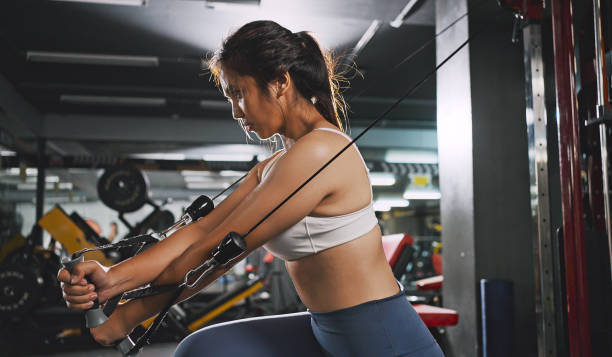
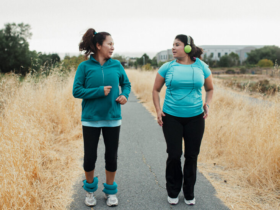



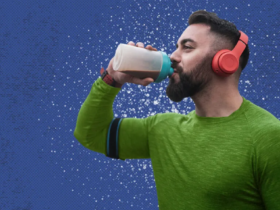



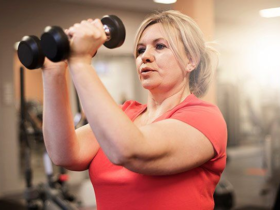
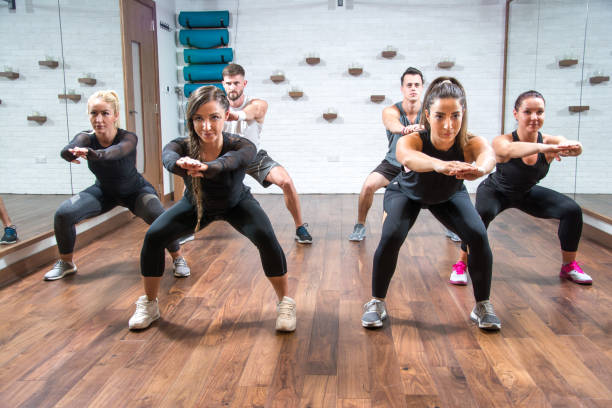
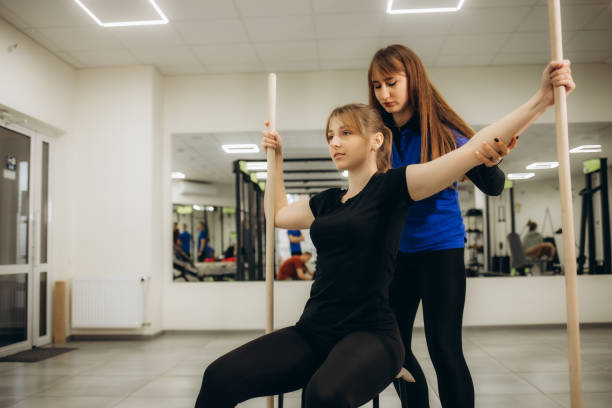
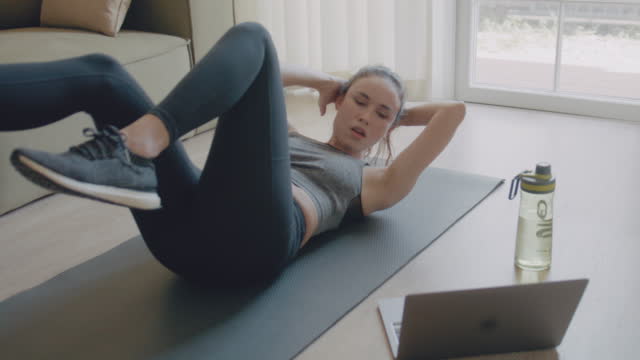
Leave a Reply